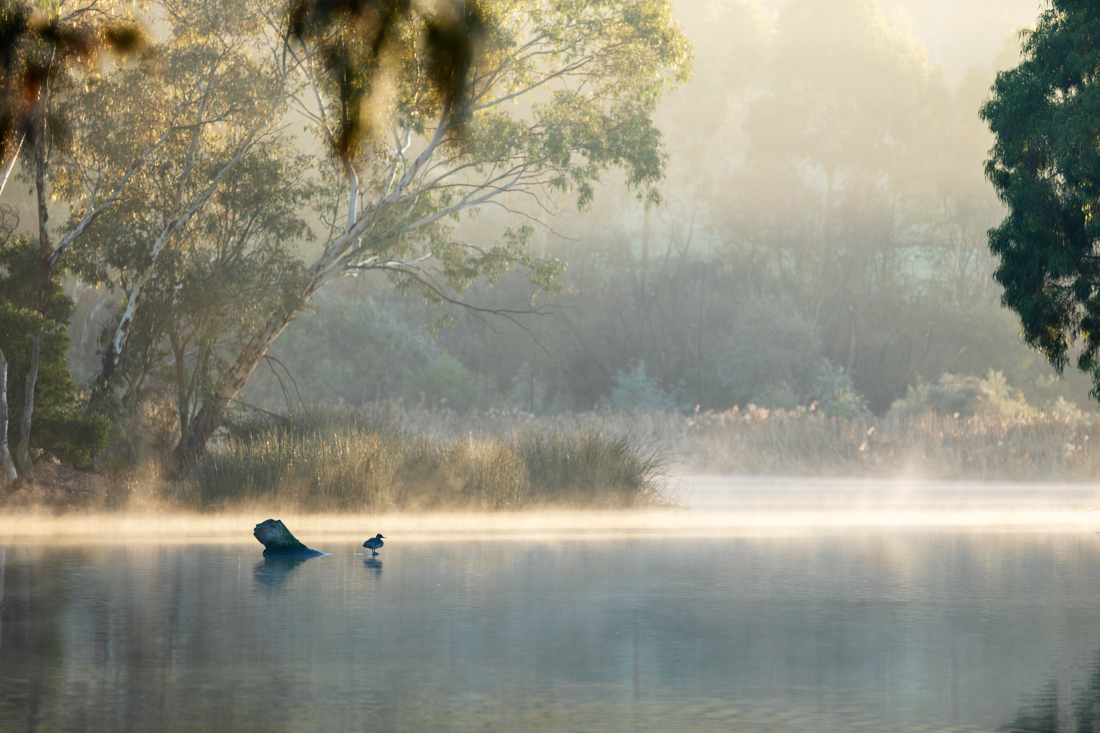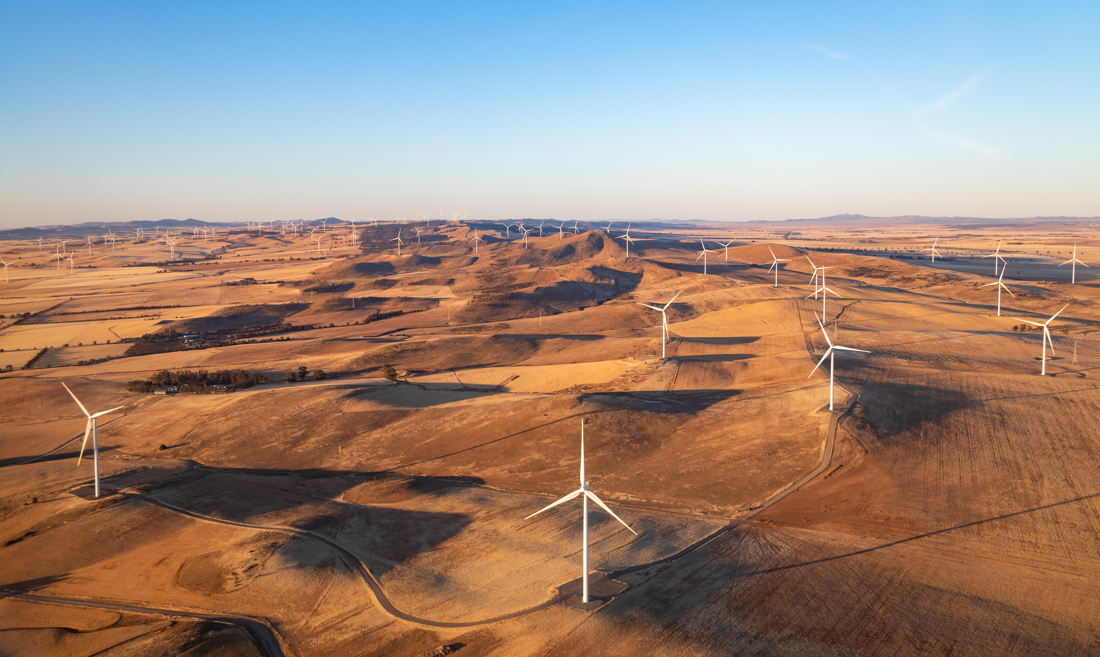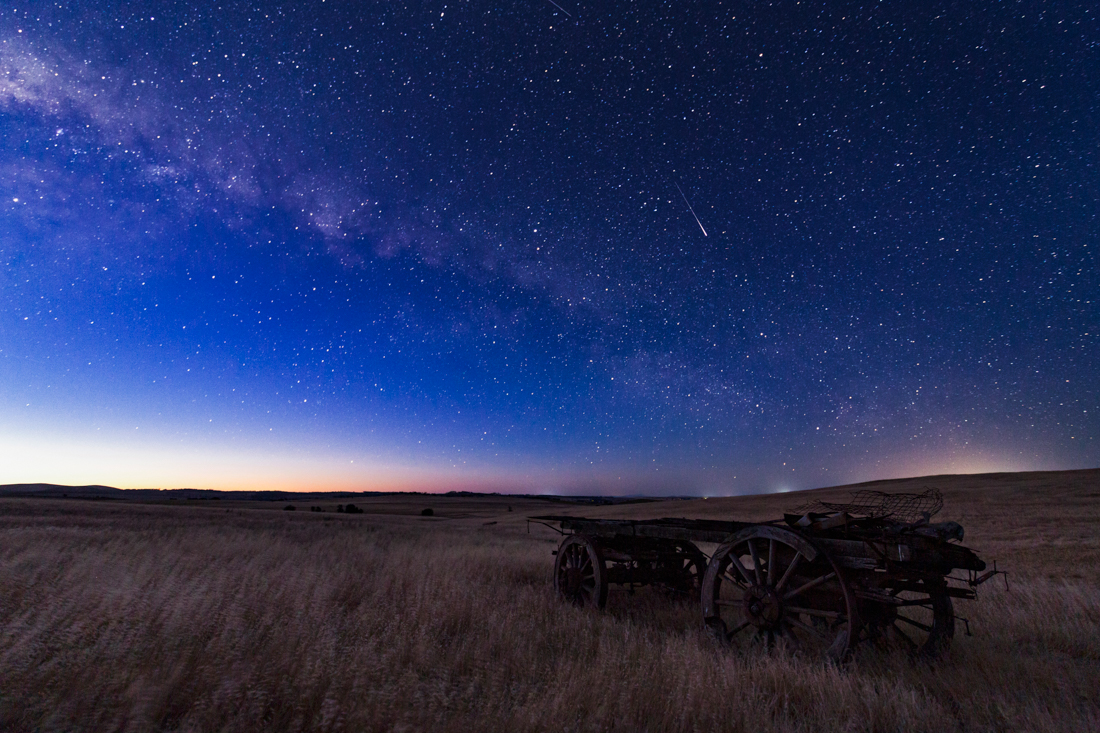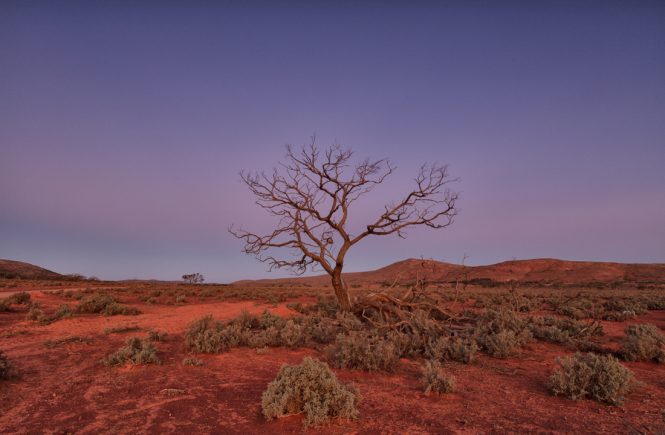Rosalie Dibben is a proud South Australian and not afraid to show it.
Her feed is undoubtedly rural and outback Australia. More brown than green, more silent than noisy. Rosalie captures the essence of rural life so very well and in her interview, demonstrates the benefits of loving your backyard and developing a sense of place.
Please check out more of Rosalie’s superb work on Instagram at @rjdibs.
Thanks Rosalie! It was a pleasure.
1) Can you tell me the story of how you become interested in photography?
When I was growing up cameras were always present in our family so it’s always been there to some degree. My first camera was an Agfamatic 100, the film equivalent of a point and shoot, which I had for a few years before moving on to an SLR.
When I switched to digital things changed a bit – no more waiting to get prints back and the constraints of shooting with a roll of film no longer applied. That gave more freedom to experiment and get to know the camera better without every shutter press carrying a print price.
It wasn’t until about 8 years ago that I really started to get serious about learning more, especially with shooting in raw and processing the shots manually. The power of that opened so many more possibilities and got me really hooked.

2) Many of your images portray the peaceful, relaxing and unhurried nature of rural South Australia. What importance do you place on photography as a therapeutic practice, and do you think it shines through in your work?
My previous job was working with primary students on adaptive education plans. I loved it and I hope they learned as much from me as I did from them, but at times it could be mentally exhausting.
Photography was definitely therapy for me, getting away from everything and shooting those peaceful scenes was a way of recharging and being able to let go of stress and tension. I guess it was a way of practicing mindfulness, before it was the buzzword it seems to have become these days.
I think that when I’m shooting for that purpose, it does come through because that’s when I’m really immersed in getting what I need from a scene rather than just capturing something that’s caught my eye.
These days I’m in a different role in a business my husband and I run, but one that is based on his skills and what he loves doing.
Photography is still an important release as it’s what I do purely for me, it’s still my activity of choice for recharging my own batteries.
The bonus of our business is that we travel around a bit – not that I always get the opportunity to take photos, but it does get me out into the landscapes I love.

3) You are a self-confessed parochial South Australian. How important is passion and enthusiasm in making great images of places you love?
When you love a place and feel a strong connection to it, it always makes shooting easier and always shows through. When I go shooting with other people, I always find it fascinating how differently we each see the same scene.
Going on a photography trip with good friends brings a whole new aspect to it; bouncing ideas off each other, tapping into each other’s strengths and seeing a place through different eyes is always great if the enthusiasm starts to wane a little. The social side is pretty good too.
It’s definitely much harder to shoot without those feelings though and I find images my images end up a bit “meh” when I try to.
Not every shot has to be on a grand scale though, it’s a matter of finding something within the scene or location that you connect to or that intrigues you, the scenes within the scene, and working with that to get shots that you’re happy with.
4) What are some of your favourite locations or images, and why?
It’s rare that I don’t find something I like about where ever I happen to be.
South Australia (and Australia as a whole) has an incredible diversity and some pretty epic places, but the areas that draw me back again and again are in the Flinders Ranges and our more remote and outback regions.
As a child my family spent quite a bit of time travelling around in those landscapes and the sense of freedom they invoke is firmly imprinted in me.
Every time we travelled there was always something new to discover or explore, or changes in familiar places that kept them interesting.
I can’t imagine ever tiring of a trip to the Flinders or further north.

5) Like you, I enjoy shooting the wind farms in the Mid North, but I wonder if we are building too many of them. Is too much of good thing a bad thing in this case?
Where I live it’s hard not to shoot them, they pretty much dominate some areas.
Our landscape in this region lends itself to this form of power generation, so we probably see more of it than most areas.
While I do find them sculptural and enjoy shooting them, they most definitely do not belong everywhere. Leaving out any of the political arguments, there are some natural landscapes that should remain natural for a multitude of reasons.
6) What has been your biggest struggle with photography so far?
Time. It’s easy to undervalue just how important it is and put other things first.
Like most people, life has become hectic and work can take over if I’m not careful. Sometimes it can be a bit of a battle to prioritise camera time when there is so much else that needs to be done, but I’m getting better at making sure I do.

7) Finally, I’d like to know a bit about your involvement in Australian stock photography. How did your photos come to be featured in the book In An Australian Light?
A few years ago I was looking for a way of using a few more of my shots, like many I started looking into stock photography.
I came across a new Australian company, Austockphoto, who were setting up an Australian stock photography library to cater to the growing demand for authentic Australian images with a model that was much fairer to photographers than the others I’d looked at.
Earlier this year, Thames & Hudson approached Austockphoto about using photos from the library to publish a book looking at the unique qualities of Australian light.
After quite a bit of negotiation they came up with an agreement that worked for both sides and contributors were invited to submit anything that fit the guidelines.
I had 4 images picked up to be included, something I’m pretty excited about given the quality of the work that made the grade.
I’m a big believer in printing work, but seeing your work in a beautiful book in a book store is quite a different experience to picking up a framed print from the printers!





4 comments
Lovely article highlighting a wonderful artist. I’m ecstatic that the work is gaining recognition, knowing how much time has gone in to it.
Rosalie’s work is fabulous and it seems that she has a very measured and self-aware approach to her work. It was (and is) great to be able to speak to her about all things photography. 🙂
Absolutely wonderful photos, Rosalie. Your love of the landscape is most evident in your words and your images are ‘heaps good!’
Very well said, Ken!